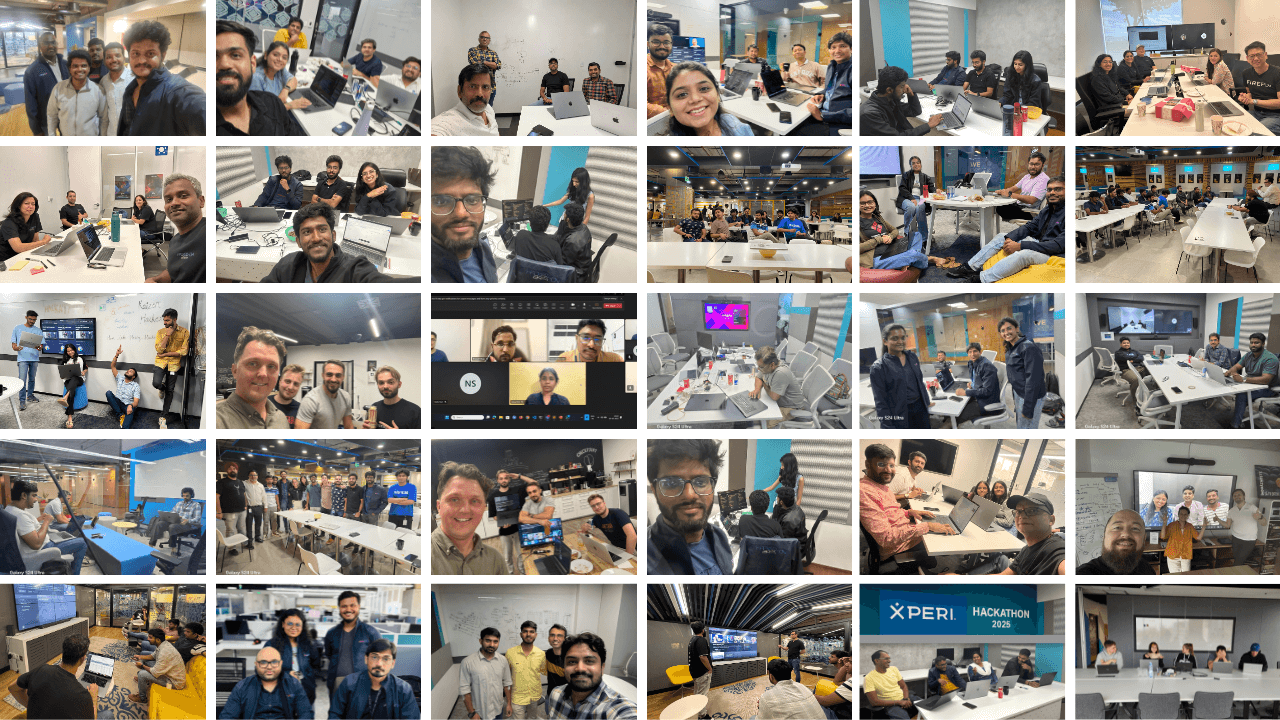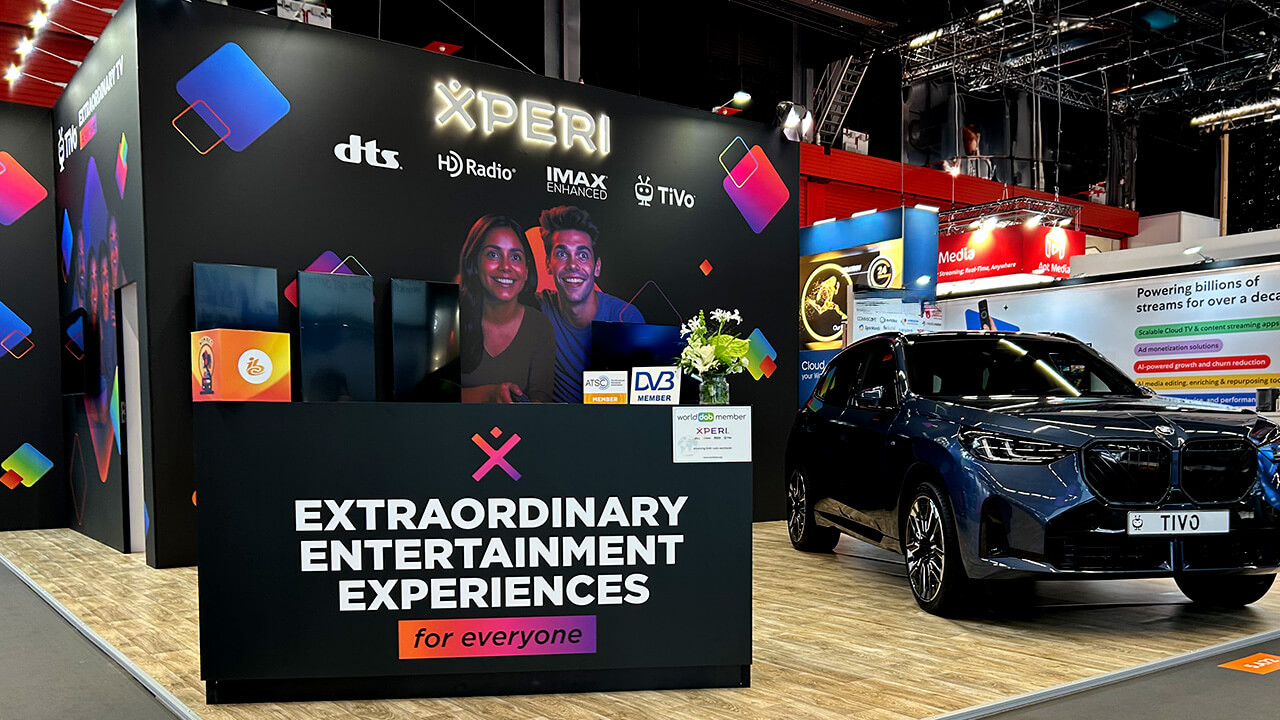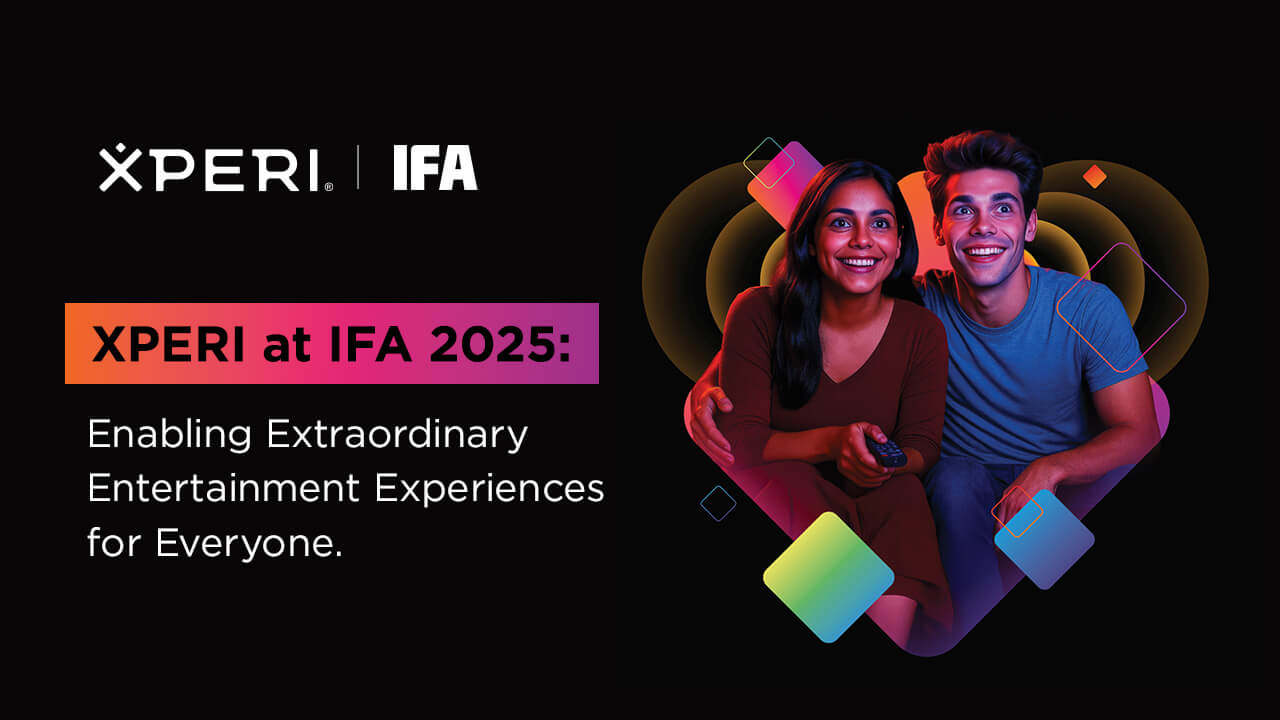The buzzword of the last few years is one with many different meanings. At its foundation, AI refers to the ability of computer systems or algorithms to imitate intelligent human behavior. However, it isn’t that simple — there are many forms of AI. From autonomous systems to machine learning, the practical applications of these technologies vary widely, ranging from truly innovative solutions to more basic functions that seem less intelligent or autonomous.
While we may be in the midst of the AI hype cycle, these technologies aren’t new. Our society has been benefiting from AI-powered solutions for quite some time, we just haven’t fully realized the extent of its impact. The value of AI today is subtle — feeling more like “invisible magic” in our everyday digital experiences versus in-your-face innovations that could border on gimmicky if not done right.
So, it raises the question, where are we already benefiting from AI-powered technology and where can it evolve to further improve our daily lives?
Driving impact behind the scenes
Many companies are striving to integrate AI into their products in ways that genuinely enhance functionality and the user experience. The advent of generative AI with solutions such as ChatGPT and Microsoft Copilot spurred spin-offs of specialized vertical solutions across various industries — whether it is in tools released by companies like Microsoft for workplace optimization or Harvey AI helping lawyers write legal contracts. While these specialized vertical tools are smaller and perhaps less flashy, they are driving impact in their dedicated areas.
In the entertainment sector, when we are creating solutions to improve the end-user experience, we are taking a similar approach. We believe that consumers want solutions that address real needs. They don’t need AI-powered assistants on their TVs; they already have access to this technology through their smartphones and other smart devices around the house. They need TVs that enhance their viewing experience, like providing real-time and personalized recommendations on what show to watch or giving them the ability to better hear characters’ dialogue instead of background noises.
Innovative solutions like DTS Clear Dialogue are doing just that. By leveraging machine learning techniques, the solution helps users fix dialogue intelligibility in real time on smart TVs. This type of AI-powered solution, along with improved search and discovery features that learn your viewing preferences, may not be wow-worthy to some. But they’re small, nuanced improvements that enhance the functionality of devices.
These types of use cases are laying the groundwork for what’s to come. Just like a child must learn to walk before they run; we must familiarize people with the many ways AI can improve our experiences before bringing its full potential to center stage.
From unseen to front and center AI tools
I’m a firm believer that the most impactful and successful implementations of AI now and in the future will be ones that firmly place consumers’ needs and experiences at the core. The aspirational use cases that intrigue me the most — and many within the technology industry — continue to do just this.
There will be a shift in the coming years from “invisible,” reactive tools that solve problems to proactive forward-thinking AI-powered agents. No longer will our AI react to the problem we give it; it’ll be able to anticipate our needs and make our lives easier. Our AI companions will have the ability to book travel and order our weekly grocery haul for us based on our past purchases, preferences and budget.
In home entertainment we’ll see voice search evolve into multi-turn conversations with AI moving beyond just simple commands of “play the Tom Hanks movie with his famous quote about life being a box of chocolates.” You’ll be able to find the niche episode of “Friends” from season four you’ve been itching to watch just by conversing with your smart TV. Or imagine if your TV knew the difference between you sitting down on the couch to watch TV versus lounging in your family room to catch up with friends or if your kids are sitting down to watch. At some point we’ll find ourselves in a world where every device has a “person inside” that “sees,” “hears” and “knows” what we want, but a lot less scary than what shows like “Black Mirror” make AI out to be.
When AI is utilized to improve our daily lives, we’ll see expansive adoption. In the next couple of years, we’ll see AI move from behind-the-scenes little-known features to tools that we knowingly utilize to help us improve our daily routines.



